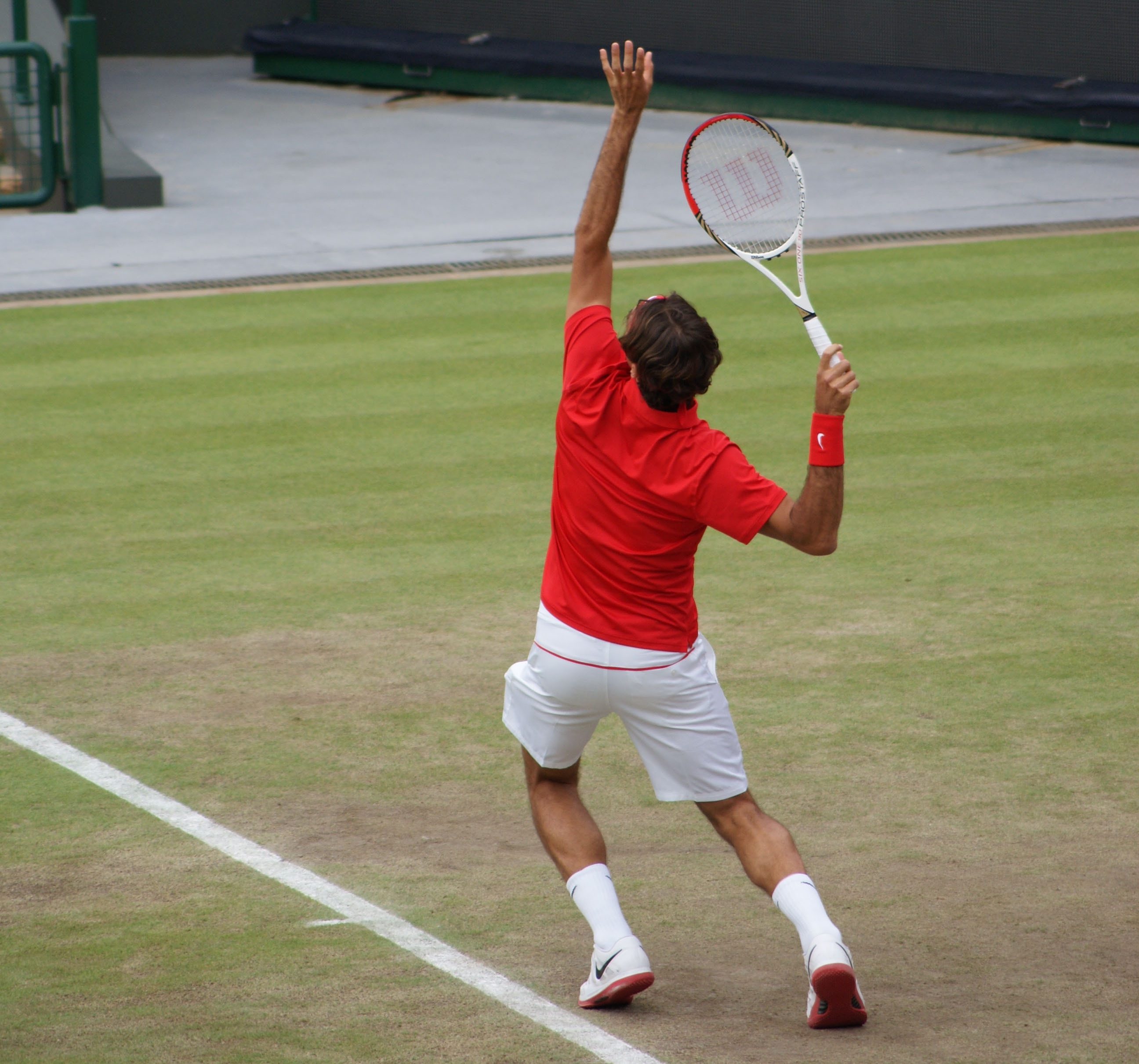If you are learning to play tennis, one of the common questions that come up is, “Should you choose a one-handed backhand or a two-handed backhand?”
Is one better than the other? Let’s take a closer look.
One-Handed Backhand
Pros
- The obvious advantage of a one-handed backhand is that it gives you more reach compared to a two-handed backhand.
- A one-handed backhand can help hide the slice better to surprise your opponents.
Cons
- Hitting high balls, especially around the shoulder or higher can be challenging if you hit one-handed backhands. Even Roger Federer struggles with high balls. Rafael Nadal frequently hits high balls to the Federer backhand to exploit that weakness.
Two-handed backhand
Pros
- Two-handed backhands are easy to learn when you are young. The extra hand provides balance, stability, and power.
- High balls are relatively easier to hit with a double-handed backhand than a one-backhand
- Two-handed backhands help you hit the ball consistently because of the stability provided by the two hands
Cons
- Slice is difficult to hide because your opponent can see the second hand coming off the racket as you hit the slice.
Historical Perspective
Tennis has produced great players over the years with both one-handed and two-handed backhands.
Pete Sampras, Roger Federer, and Stan Wawrinka achieved great success with a one-handed backhand.
Novak Djokovic, Rafael Nadal, and Andre Agassi used their two-handed backhands to dominate their opponents.
One-handed backhand – A dying breed
In recent years, the number of players using one-handed backhand has decreased considerably. Younger players prefer two-handed backhands due to their ability to generate power and to hit high balls effectively.
Making the choice
There are pros and cons to choosing a one-handed or two-handed backhand. The choice ultimately comes down to your preference. Choose whichever you are comfortable with and helps you grow your game.
